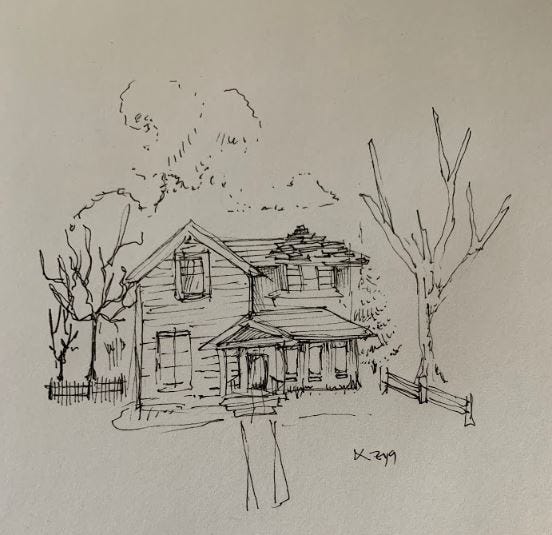
In the world of technical drawing, mastering essential techniques is key to producing precise and accurate designs. This article explores ten crucial techniques that every aspiring technical artist should seek to master.
From perspective drawing to line weight control, each technique plays a vital role in creating detailed and professional drawings.
By delving into these techniques, readers will gain a deeper understanding of technical drawing and enhance their ability to communicate visually in a precise and analytical manner.
Perspective Drawing
One crucial technique in technical drawing that every aspiring artist should master is the use of one-point perspective. This technique allows artists to create realistic and accurate drawings by representing objects as they appear in a three-dimensional space.
One of the key aspects of one-point perspective is the understanding of foreshortening techniques, which involve the distortion of objects as they recede into the distance. By manipulating proportions and angles, artists can create the illusion of depth and distance in their drawings.
Another important element of one-point perspective is the concept of vanishing points and perspective distortion. Vanishing points are points on the horizon line where parallel lines appear to converge in the distance, while perspective distortion refers to the way objects appear smaller as they move further away.
Mastering these concepts and techniques is essential for creating realistic and visually appealing technical drawings.
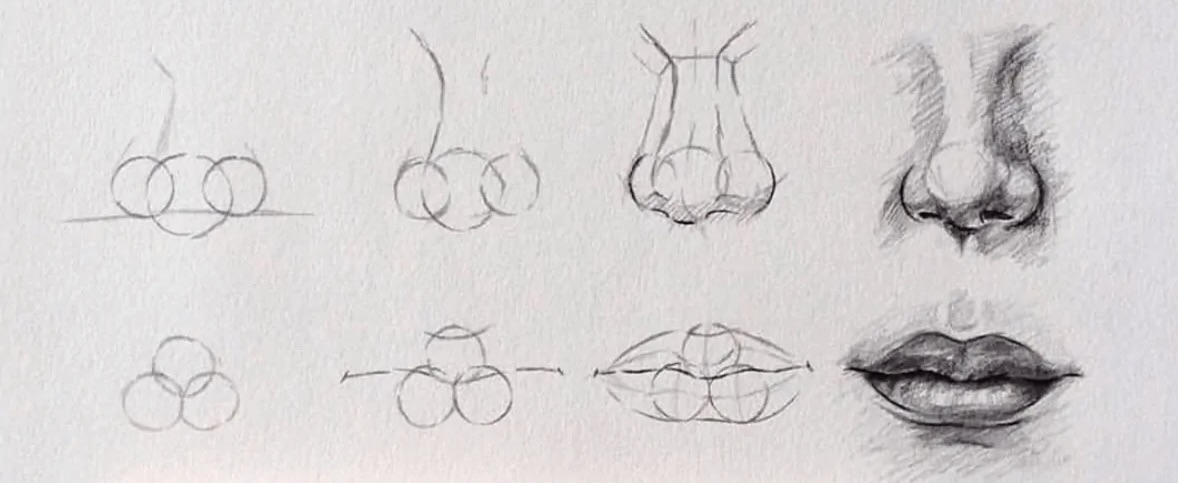
Line Weight Control
The artist's control of line weight and the deliberate variation in thickness is crucial in technical drawing, as it helps to create depth, define form, and communicate important information.
Line quality refers to the thickness and darkness of lines used in a drawing, and it plays a significant role in conveying visual elements. To achieve effective line weight control, artists often employ hatching techniques, where parallel lines are used to create shading and texture.
This technique allows for the creation of different values and tones, adding depth and dimension to the drawing. By varying the pressure and direction of the lines, artists can create a sense of light and shadow, enhancing the overall visual impact.
Mastering line weight control and hatching techniques provides artists with the freedom to express their ideas accurately and precisely.
Proportions and Scale
With a thorough understanding of proportions and scale, technical artists can accurately depict the size relationships between objects in their drawings. Proportions and scale are essential drawing techniques that ensure measurement accuracy and create a sense of realism in artwork.
By carefully observing and measuring the dimensions of objects, artists can accurately represent their sizes relative to one another. This involves using a system of ratios and scaling factors to maintain accurate proportions throughout the drawing.
When working with complex subjects or multiple objects, artists must pay close attention to the relationship between different parts and ensure they are accurately represented.
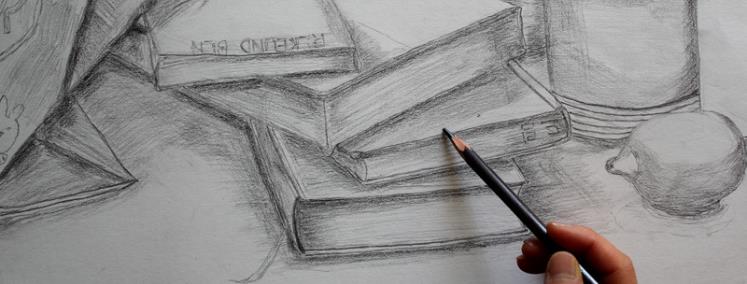
Proportions and scale are crucial skills for technical artists, as they provide a foundation for creating accurate and visually appealing drawings.
Shading and Shadowing
To achieve realistic and dimensional drawings, artists must master the technique of shading and shadowing. This technique involves understanding how light interacts with objects and how shadows are cast. By effectively using shading and shadowing, artists can create the illusion of depth and three-dimensional rendering in their drawings.
Here are some key points to consider when mastering this technique:
Lighting techniques:
Understanding different light sources and their effects on objects.
Knowing how to create highlights and lowlights to add depth and dimension.
Three-dimensional rendering:
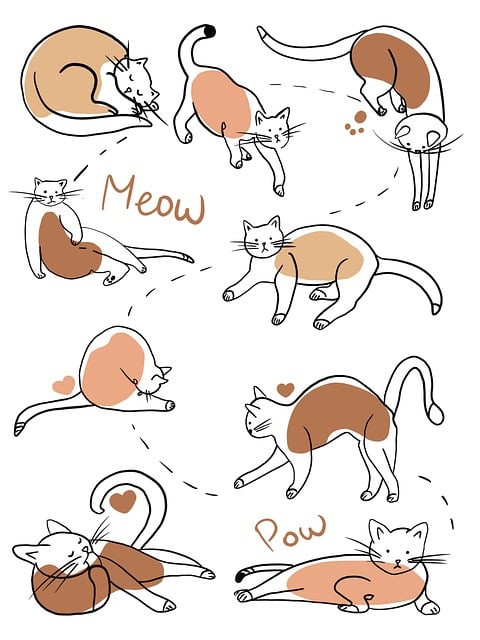
Creating the illusion of form and volume through shading.
Using shadows to define the shape and position of objects.
Isometric Drawing
One crucial technique to master in technical drawing is the use of three-dimensional isometric drawings. Isometric drawing is a method of creating a three-dimensional representation of an object by drawing it on a 2D surface. It involves using equal angles and equal scales in all three dimensions, resulting in a more accurate and realistic representation.
Isometric drawing is different from oblique drawing, which uses different angles for the different dimensions. While oblique drawing can create a sense of depth, isometric drawing provides a more accurate and consistent representation of an object's proportions.
Isometric drawing is widely used in architecture, where it allows architects to visualize and communicate their designs effectively. By accurately representing the dimensions and proportions of a building or structure, isometric drawings help architects and clients understand the spatial relationships and overall appearance of the design.
Mastering isometric drawing is essential for any technical artist or architect, as it provides a valuable tool for accurately representing three-dimensional objects on a two-dimensional surface.
Technical Lettering
Technical lettering plays a crucial role in conveying information effectively and professionally in technical drawings. To achieve clear and legible lettering, it is important to understand typography techniques and calligraphy styles.
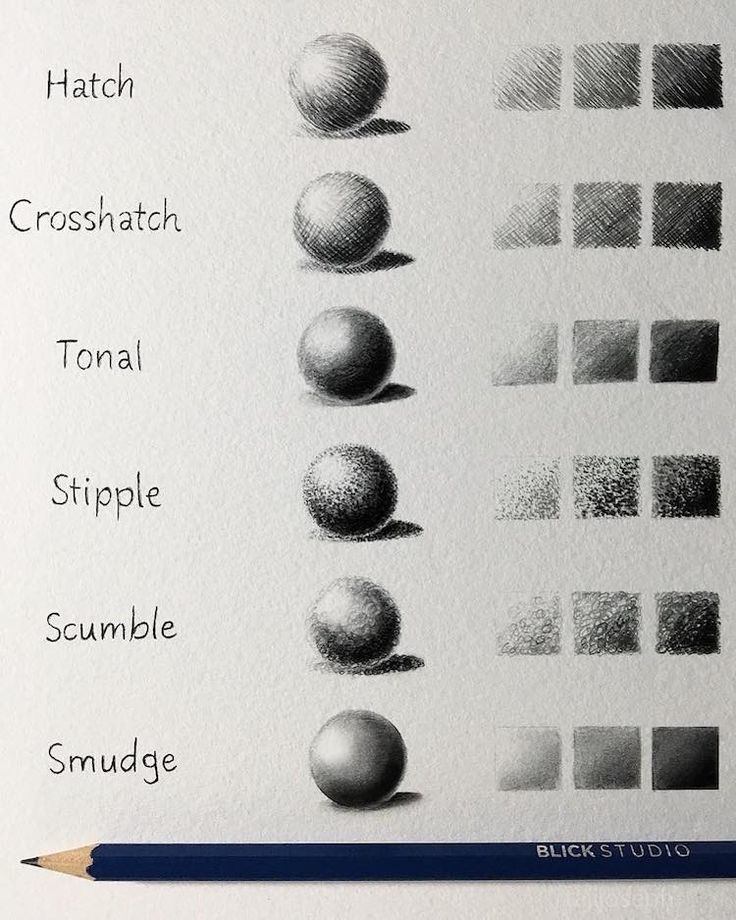
Typography techniques are key to achieving consistent and legible lettering. Consistency is vital to ensure that all letters are of the same height, width, and style throughout the drawing, creating a sense of uniformity. Legibility is also important, and it is recommended to use simple, sans-serif fonts that are easy to read at different scales and angles.
Calligraphy styles can add visual interest and enhance the overall appearance of technical drawings. Block lettering, which involves using uppercase letters with uniform stroke widths, is suitable for titles and headings, adding a bold and professional touch. On the other hand, script lettering mimics handwriting and can bring elegance and informality to the drawing.
Orthographic Projection
In order to accurately represent a three-dimensional object on a two-dimensional surface, orthographic projection is used in technical drawing.
Orthographic projection is a technique that allows for the creation of multiple views of an object, each showing a different side or face, in a way that preserves the true shape and size of the object.
This method is widely used in various industries, including engineering, architecture, and manufacturing.
By using orthographic projection, designers and engineers can communicate their ideas effectively, allowing others to understand the object's dimensions, proportions, and details without any ambiguity.
This technique is essential in creating detailed technical drawings for construction plans, product designs, and manufacturing processes.
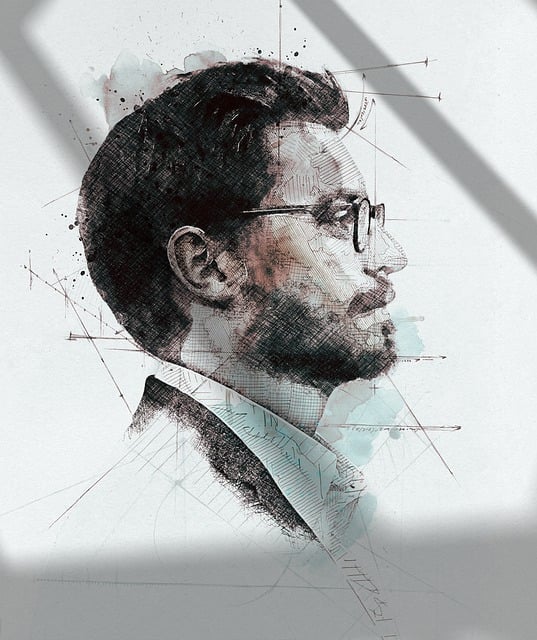
Orthographic projection is a fundamental skill that every technical draftsman or designer should master to ensure accurate and clear communication in their industry applications.
Cross-Hatching Techniques
Cross-hatching techniques in technical drawing involve shading with lines to create texture effects. By varying the density, direction, and spacing of the lines, artists can achieve different levels of shading and depth in their drawings.
Mastering cross-hatching techniques is essential for adding dimension and realism to technical drawings. It allows for a more accurate representation of objects and surfaces.
Shading With Lines
Proficiently incorporating cross-hatching techniques into your drawings can greatly enhance the visual depth and realism, ensuring that your shading is effectively rendered. When it comes to shading with lines, there are several key techniques to consider:
Cross Contour Shading:
This technique involves following the contours of an object with your lines, mimicking the shape and form of the subject.
It adds dimension and depth to your drawing, creating a more realistic representation.
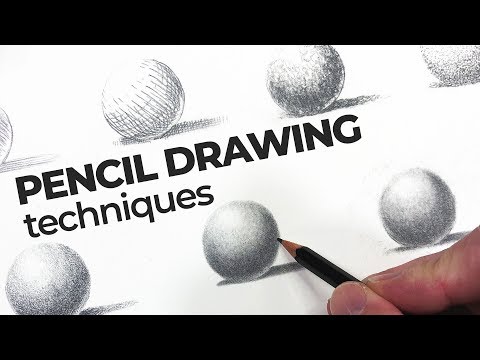
Hatching Techniques:
Hatching involves drawing parallel lines in one direction to create shading and texture.
By varying the distance between the lines and their thickness, you can achieve different effects such as light and shadow or different textures.
Creating Texture Effects
To achieve realistic texture effects in your drawings, mastering the art of cross-hatching is imperative.
Cross-hatching involves the use of parallel lines drawn closely together, intersected by another set of lines in the opposite direction. This technique creates a series of small, intersecting shapes that give the illusion of depth and dimension.
By varying the density and spacing of the lines, you can create different textures, from smooth and subtle to rough and gritty.
Cross-hatching is particularly effective in depicting materials such as wood, fabric, and metal, where the texture plays a significant role in the overall appearance. It also allows you to add shading and highlight areas of your drawing, enhancing the sense of realism and adding visual interest.
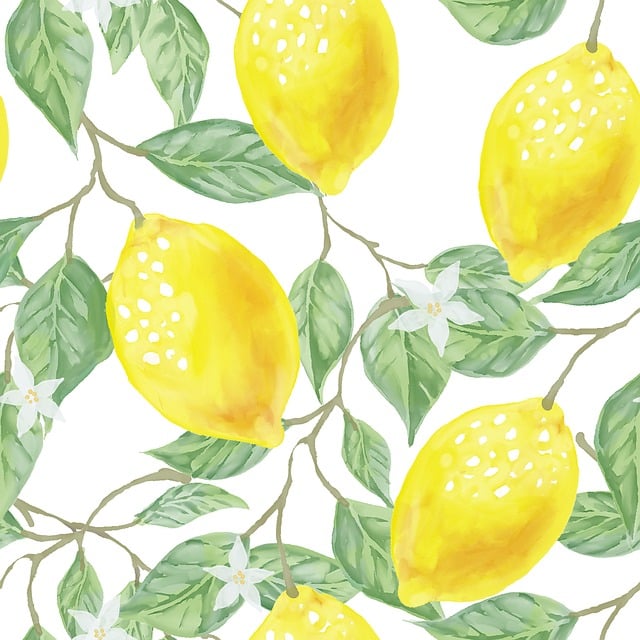
Mastering the cross-hatching technique will expand your creative possibilities and elevate the quality of your drawings.
Rendering Techniques
Regularly practicing rendering techniques is essential for improving your technical drawing skills. Rendering techniques involve the application of color and shading to bring depth and realism to your drawings. To master these techniques, it is important to understand color theory and how different colors interact with each other.
Here are two key aspects to focus on when exploring rendering techniques:
Understanding color theory:
Learn about the color wheel and how colors are categorized into primary, secondary, and tertiary colors.
Experiment with different color combinations to create harmony or contrast in your drawings.
Applying shading techniques:
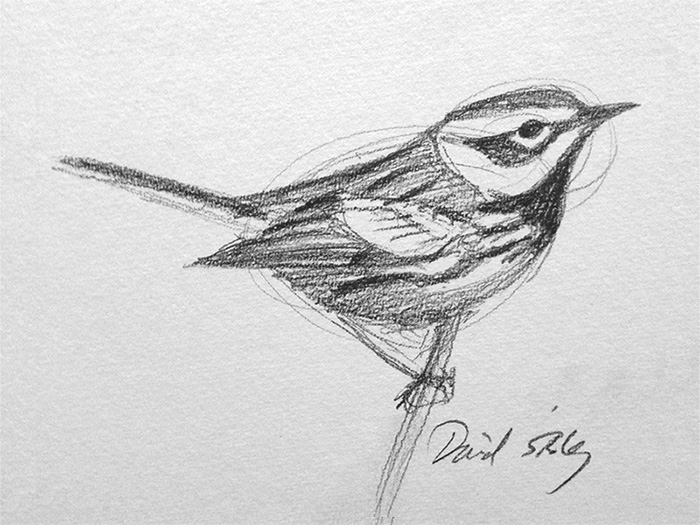
Practice using hatching and cross-hatching to create different textures and values.
Experiment with blending techniques such as stippling or smudging to achieve smooth transitions between colors.
Understanding and Using Reference Materials
Understanding and using reference materials is crucial in technical drawing. It ensures accuracy and precision in the final product. Accurate references provide a solid foundation for creating detailed and realistic drawings.
Moreover, utilizing online resource libraries expands the range of available references. This allows designers to access a wide variety of visual information for their projects.
Importance of Accurate References
Accurate references are crucial for ensuring the precision and reliability of technical drawings. A technical drawing must accurately represent the dimensions, proportions, and details of an object or structure. To achieve this, precise measurements are essential. Accurate references provide the necessary information needed to accurately depict these measurements.
The importance of precision in technical drawing cannot be overstated. It ensures that the final product is an accurate representation of the intended design. Accurate measurements are the backbone of technical drawing, as they dictate the size, shape, and placement of each element. Without accurate references, technical drawings can be prone to errors, resulting in costly mistakes during construction or manufacturing.
Utilizing Online Resource Libraries
By exploring online resource libraries and utilizing reference materials, designers and engineers can access a vast array of information to enhance their technical drawing skills.
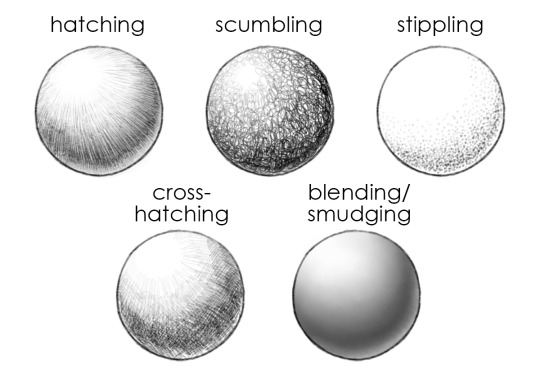
Online resource libraries provide a wealth of knowledge through various mediums such as articles, tutorials, and videos. These resources offer step-by-step guidance on different drawing techniques, as well as tips and tricks to improve efficiency and accuracy.
One of the advantages of online tutorials is their flexibility, allowing individuals to learn at their own pace and revisit materials as needed.
Additionally, designers and engineers can benefit from digital drawing tools available in these libraries. These tools provide a more efficient and precise approach to drawing, allowing for easy manipulation and editing of designs.
Frequently Asked Questions
How Do I Choose the Appropriate Line Weight for Different Elements in a Technical Drawing?
Choosing the appropriate line weight in a technical drawing is crucial as it helps convey the importance and hierarchy of different elements. By varying line weights, one can create depth, dimension, and clarity in their drawings, enhancing their overall visual communication.
What Are Some Common Mistakes to Avoid When Drawing in Perspective?
When drawing in perspective, it is crucial to avoid common mistakes such as inconsistent vanishing points, inaccurate foreshortening, and improper placement of objects. To improve perspective accuracy, focus on understanding the principles of depth and practice regularly.
Can You Explain the Difference Between Isometric Drawing and Orthographic Projection?
Isometric drawing and orthographic projection are two different methods used in technical drawing. Isometric drawing represents objects in three dimensions, while orthographic projection shows multiple views of an object. Both have advantages and disadvantages in terms of accuracy and ease of understanding.
How Can I Effectively Use Cross-Hatching Techniques to Add Depth to My Drawings?
To effectively use cross-hatching techniques in technical drawings, one can employ shading techniques for realistic drawings to add depth. Additionally, exploring the use of texture can enhance the overall visual impact of the drawing.
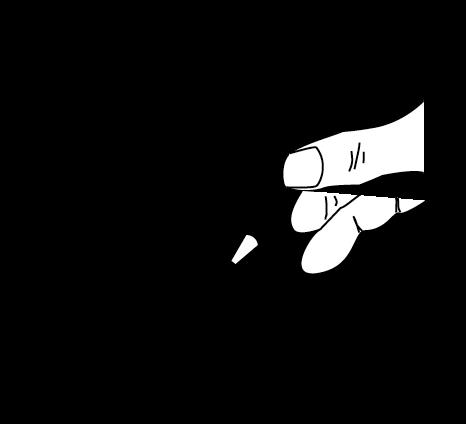
What Are Some Recommended Reference Materials for Technical Drawing?
Recommended books and online resources are valuable references for technical drawing. They provide detailed, precise, and analytical information for an audience seeking freedom in their work. These resources offer a wealth of knowledge to enhance drawing skills.
 Writing TipsCreative WritingJournalingSketching TechniquesBuying GuidesPrivacy PolicyTerms And Conditions
Writing TipsCreative WritingJournalingSketching TechniquesBuying GuidesPrivacy PolicyTerms And Conditions
